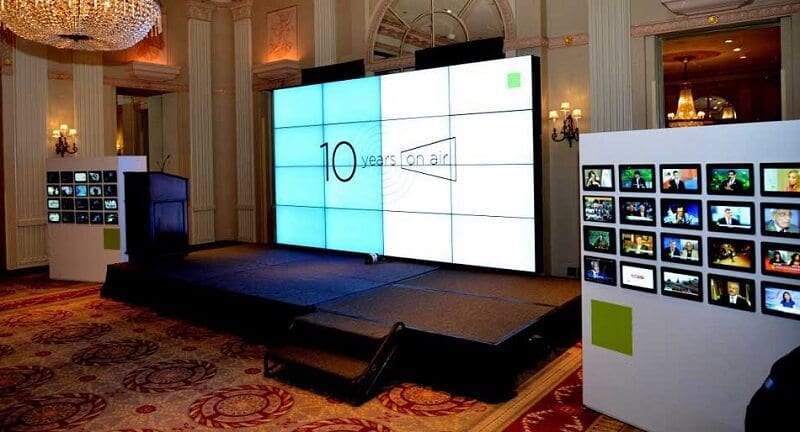Exploring How Resolution Affects the Performance and Aesthetic Caliber of LED Screens in Contemporary Display Techniques
Exploring How Resolution Affects the Performance and Aesthetic Caliber of LED Screens in Contemporary Display Techniques
Blog Article
Light Emitting Diode walls are growing more and more popular in different environments, from concerts and sports competitions to business displays and creative installations. One of the most important factors that affect the functionality and visual quality of these displays is image clarity. Image resolution denotes the number of picture elements that compose the visual on the display. Higher resolution indicates additional pixels, which can lead to sharper and clear visuals. Grasping how resolution affects LED walls can help users make knowledgeable choices about their display requirements.
When discussing resolution, it is crucial to consider pixel pitch, which is the distance between the midpoint of one pixel to the midpoint of the next pixel. A smaller pixel pitch results in a higher resolution, enabling additional clarity in the images displayed. For example, an LED screen with a picture spacing of 1.5mm will offer a clearer image than one with a picture spacing of 3mm. This is especially important in environments where viewers are near to the display, such as in a compact location or a trade event booth. In these situations, a greater image clarity can greatly enhance the viewing experience.
Another factor of image clarity is its impact on color accuracy and luminosity. LED screens with higher resolutions often have superior hue rendering, indicating that the hues displayed are more lively and realistic. This is crucial for applications like advertising, where the goal is to capture interest and convey a message efficiently. Additionally, greater image clarity displays can maintain luminosity levels even when seen from different angles. next page This is crucial in big locations where audiences may be seated at different ranges and positions from the display.
The performance of LED walls is also affected by resolution in terms of refresh rates and response times. A higher resolution display can handle faster refresh rates, which is essential for dynamic content such as videos and animations. This means that the images on the display will look more fluid and more fluid, enhancing the total observing quality. In comparison, reduced resolution screens may have difficulty with dynamic content, leading to blurriness or lag. Therefore, for events that rely on high-energy visuals, selecting a screen with a appropriate image clarity is vital.
In summary, resolution plays a vital role in determining the performance and visual quality of LED walls. Elements such as picture spacing, hue precision, brightness, refresh rates, and response durations all affect how efficiently a display can convey data and capture audiences. As advancements continues to advance, understanding these elements will help operators choose the appropriate LED wall for their specific needs, ensuring that they obtain the best possible outcomes in their presentations and events.